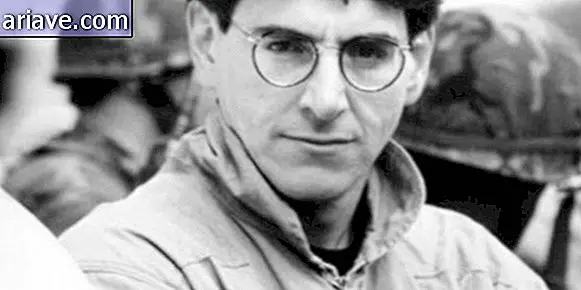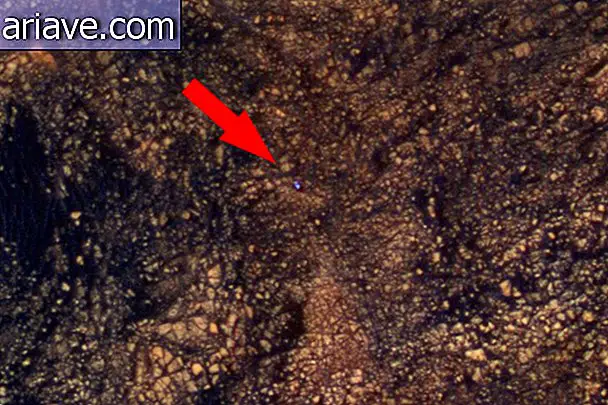Did you know there are human remains billions of kilometers from Earth?
We at Mega Curioso have already talked about alternatives to traditional burial, such as a machine that freezes, dehydrates and turns the corpse into dust, a biodegradable capsule that converts bodies into fertilizer, and a device that dissolves the dead and converts them into a material that can be disposed of in the sewer. However, the most common option for burial is good old cremation.
By the way, the time is gone when people who chose cremation as a way to deal with the bodies of their loved ones had to settle for simply storing the ashes in an urn or scattering them somewhere! Anyone who wants to can turn the material into vinyl records, cups, pencils, use it as a tattoo pigment, make it into jewelry, and even spread it across the sky with fireworks. And speaking of heaven ... There are even those who prefer to invest a little more in the farewell and send the ashes into space. But surely no human mortal remains have gone so far as Clyde Tombaugh's.
From the fields to the stars
If Tombaugh's name sounds familiar, it's because he was the guy who discovered the dwarf planet Pluto in 1930. The cool thing about the American is that he was born - in Illinois in 1906 - into a family of farmers and was set up in the countryside for the purpose of taking care of the property. However, from an early age he showed interest in astronomy and even built his own telescope as a teenager from the parts of a cream separator and an old car.

According to Jessica Leigh Hester of Atlas Obscura, the passion for the stars earned Tombaugh a job at Lowell Observatory in Arizona, and it was there that he spent months doing studies and scouring images of the night sky. More specifically, the young man had his eye on anomalies in the orbits of Uranus and Neptune - variations that could indicate the existence of a planet around those surroundings.
It was then that when Tombaugh was only 24 years old, he discovered that yes, there was a little planet out there that had not yet been identified by Science. The distant little world was named Pluto - at the suggestion of an 11-year-old girl named Venetia Burney - the Solar System gained another member and Tombaugh, besides ensuring that her name was immortalized in the history of astronomy, won a scholarship at University of Kansas.
Billions of kilometers
The illustrious astronomer passed away in 1997, at the age of 90, and was cremated. But his stellar adventures didn't end there! Nearly two decades after his death, a handful of his ashes were placed aboard NASA's New Horizons spacecraft, which was launched in 2006 with the mission to travel to Pluto and collect all sorts of data and images from the dwarf planet.

In July 2015, after 9.5 years of travel and overcoming the 7.5 billion kilometers separating Pluto Earth, the space probe (carrying a tiny bit of Tombaugh) finally passed the planet - at an estimated speed. at 45, 000 km / h. Currently, New Horizons is somewhere in the Kuiper Belt, and is expected to fly over an object called 2014 MU69 in January next year - and carry Tombaugh's ashes to distances that no human has ever reached.

***
Do you know the Mega Curioso newsletter? Weekly, we produce exclusive content for lovers of the biggest curiosities and bizarres of this big world! Register your email and do not miss this way to keep in touch!











